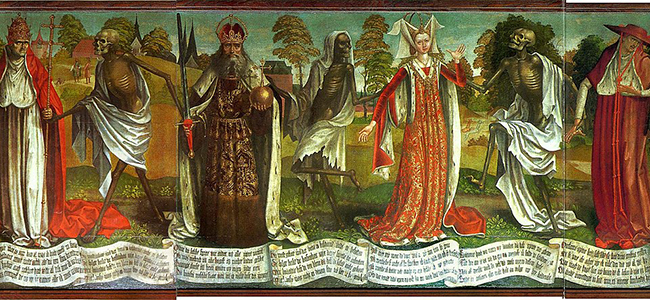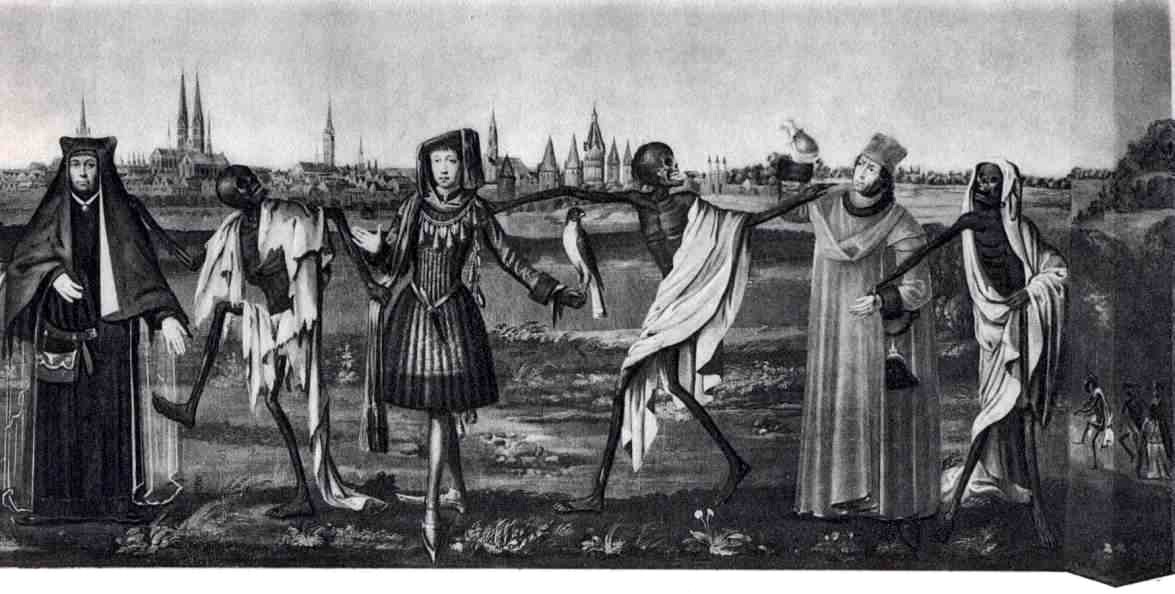 Bernt Notke (c. 1440 – before May 1509) was a late Gothic artist, working in the Baltic region. He has been described as one of the foremost artists of his time in northern Europe.
Bernt Notke (c. 1440 – before May 1509) was a late Gothic artist, working in the Baltic region. He has been described as one of the foremost artists of his time in northern Europe.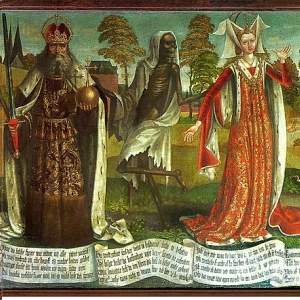
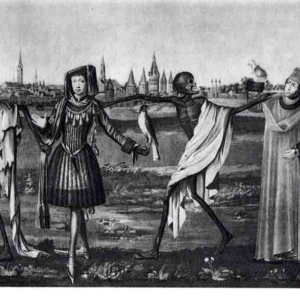
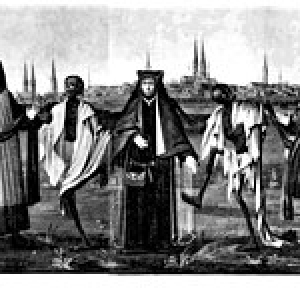
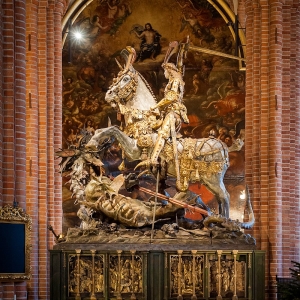
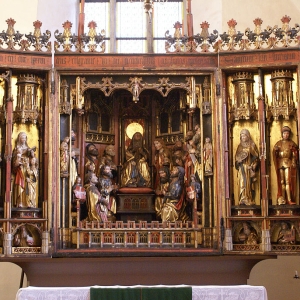
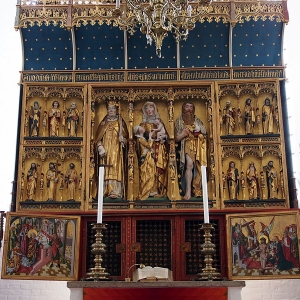
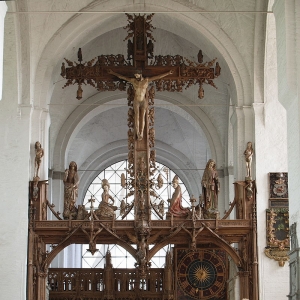
Life by Wikipedia
Very little is known about the life of Bernt Notke. The Notke family came from Tallinn (Estonia) and his father was probably the trader and ship-owner Michel Notke, who had his main business there. His mother was probably Michel's second wife Gertraut, who was from Visby. Bernt Notke was born in the small town of Lassan in Pomerania. He was married (at least once), but the name of his wife remains unknown; she died before he did and is not mentioned in his last will and testament. The couple is known to have had two daughters, one named Anneke and another whose name has not been preserved and who seems to have suffered from intellectual disability.
He seems to have spent part of his youth in Flanders and there begun to learn his trade as an artist. He probably worked in the workshop of tapestry weaver Pasquier Grenier in Tournai, where he learned to work on art objects of a large scale. He probably also learned how to divide the labour in a workshop in a contemporary way there, as several of his own works were large, communal undertakings (see below). In the early 1460s he settled in Lübeck, where he would continue to live for the larger part of his life, although he would also intermittently live in Sweden and frequently traveled to cities around the Baltic Sea. He is mentioned in written sources for the first time by the city council of Lübeck on 14 April 1467. In 1479, he acquired a stone house on Breite Strasse, a prestigious address in Lübeck. He was in Stockholm for a prolonged period 1491 – 1497, during which time he for three years held the office of mint master of the realm in Sweden, but he left the city after the end of the regency of Sten Sture the Elder. After 1497, he lived in Lübeck until his death in 1509. In 1505, he acquired the title of Werkmeister at the Church of Saint Peter.
Lübeck Danse Macabre
It has been pointed out that already the first work known to have been made by Notke (between 1463 – 1466) is of unusual character: it was a 2 metres (6.6 ft) high and at least 26 metres (85 ft) long tapestry depicting the popular late medieval motif of the Danse Macabre (the dance of Death), made for a chapel of St. Mary's Church in Lübeck. It was lost, most likely destroyed, during the allied bombing of Lübeck in 1942. A copy, made in 1701 by Anton Wortmann, survives.
Tallinn Danse Macabre
(Photo up) A second Danse Macabre, made at approximately the same time as the one in Lübeck, survives in part (c. 7 metres (23 ft)) Tallinn (Estonia), in St. Nicholas' Church. It has been suggested that the fragment in Tallinn may have been a piece cut out from the Lübeck Danse Macabre, but this is not certain. Regardless, both display the characteristic vivid expressionism that would become characteristic for Notke.
